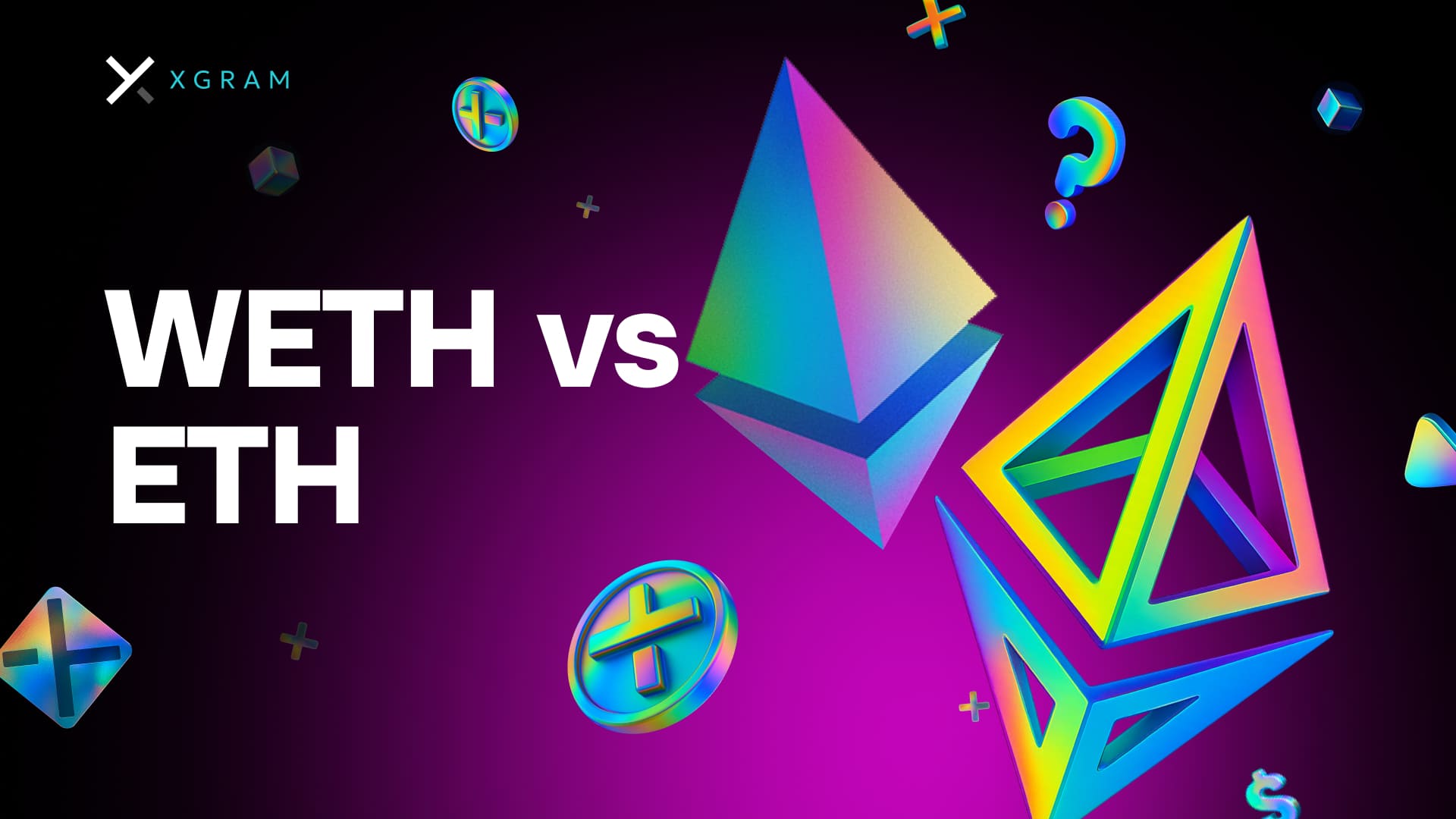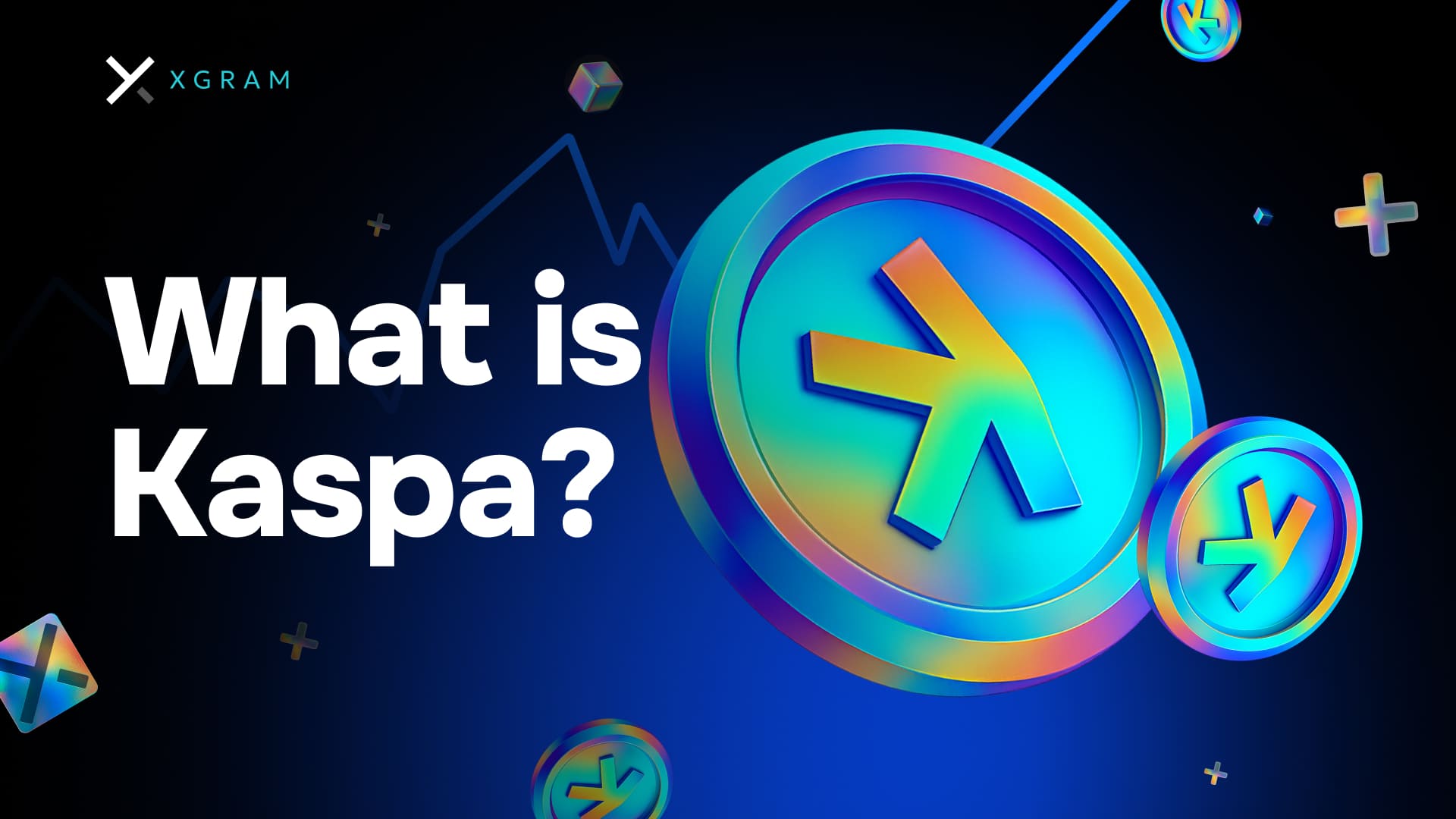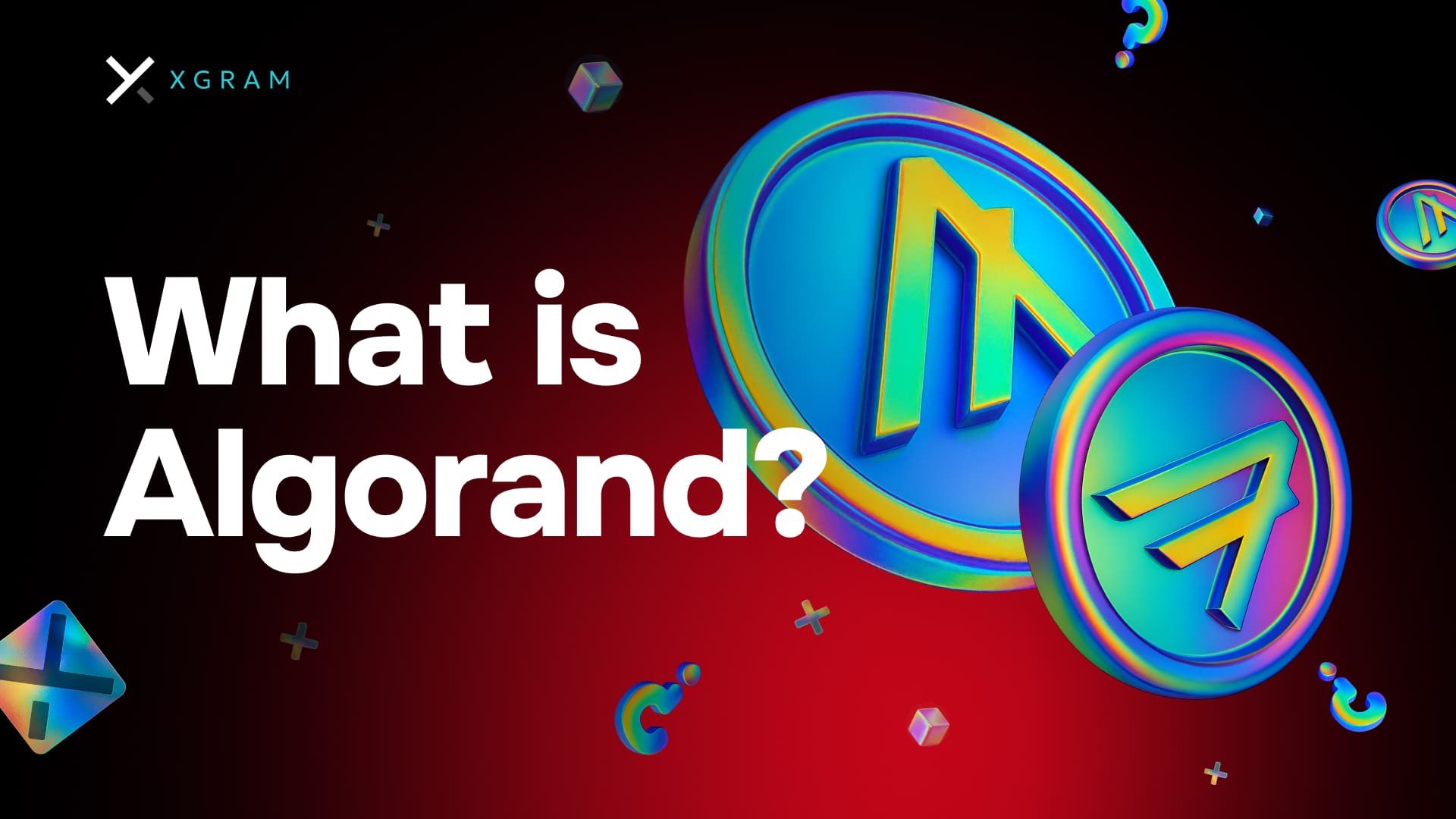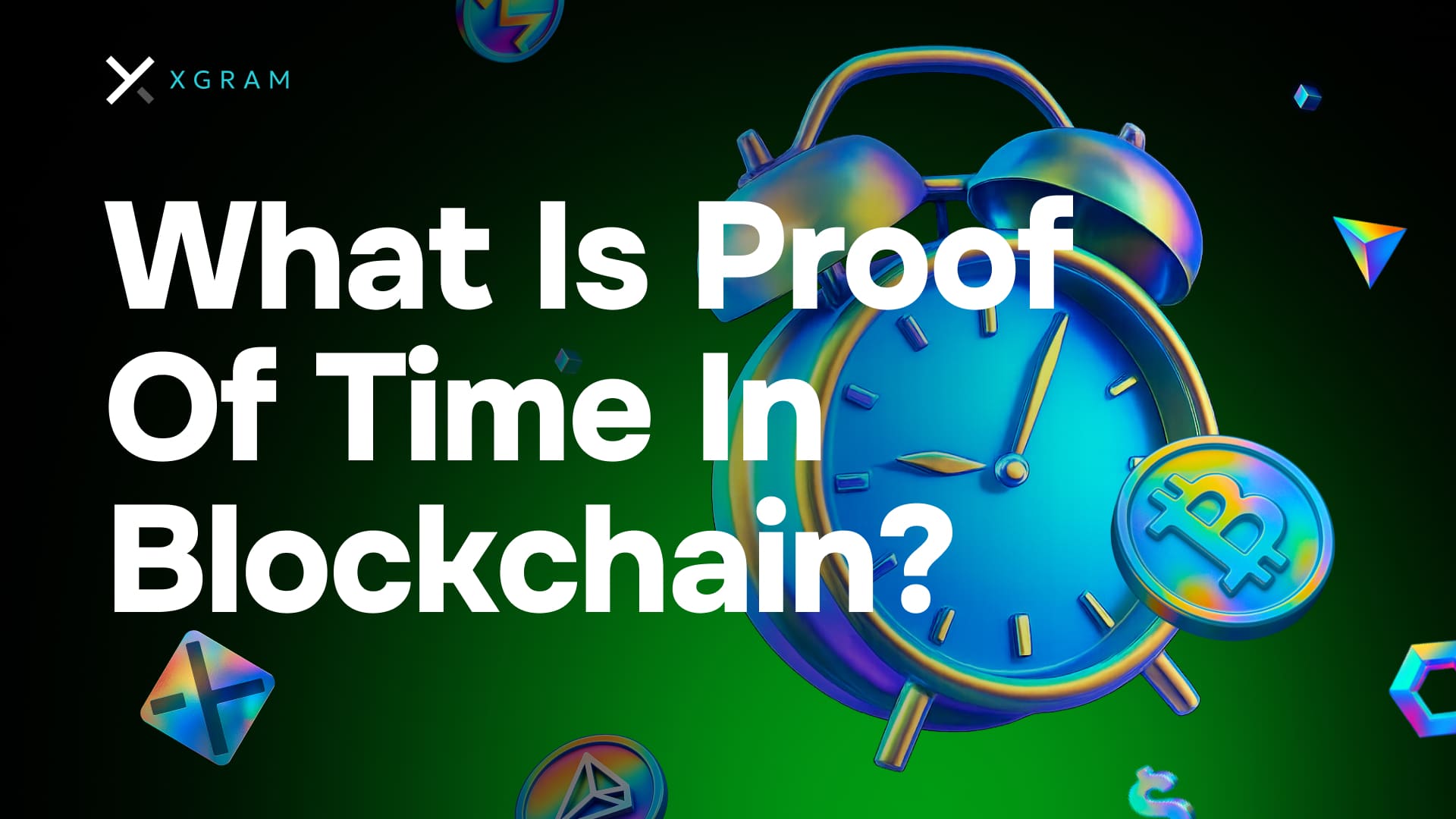When you first see “weth vs eth,” you might wonder which token you actually need and whether wrapping Ether really matters. In reality, WETH is a wrapped version of ETH, designed to make Ether work more seamlessly with popular ERC-20 protocols. You will encounter it frequently in DeFi projects, NFTs, and cross-chain applications. But understanding which to choose—and why—can save you fees and headaches, especially if you trade actively.
Know the background
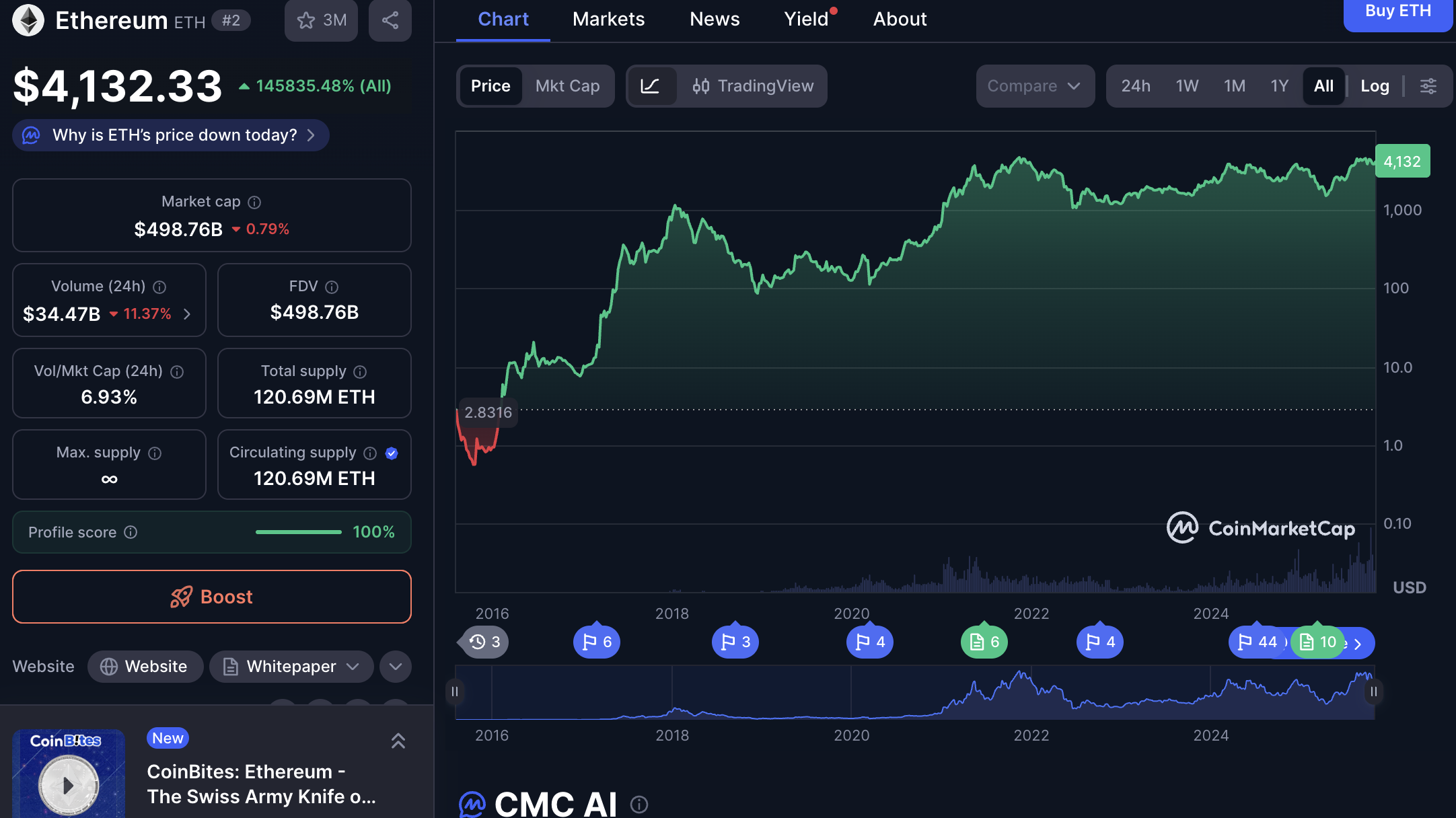
Before you decide which token belongs in your wallet, it helps to understand the history and purpose behind WETH and ETH. ETH is the native currency of Ethereum, primarily used to pay transaction (gas) fees and facilitate on-chain interactions. On the other hand, WETH stands for Wrapped ETH. This “wrapping” is essentially a process that converts ETH into an ERC-20 token, making it usable in various decentralized apps (dApps) that only accept ERC-20 tokens.
Why wrapping emerged

When the Ethereum network debuted, Ether did not conform to the ERC-20 standard because it predated that standard’s finalization. Developers soon recognized that consistent token interfaces can reduce friction within smart contracts. As DeFi and NFT platforms proliferated—most of which are optimized for ERC-20 interoperability—WETH was introduced to streamline these interactions. Under the hood, wrapped ETH is still backed 1:1 by ETH, meaning 1 WETH is always redeemable for 1 ETH.
How wrapping works
You can easily wrap ETH via a smart contract on many decentralized exchanges (DEXs) or bridging services. During this process, you send ETH to the contract, and it releases an equivalent amount of WETH to your wallet. The ETH you deposit is locked as collateral, ensuring WETH remains fully backed. Whenever you want to “unwrap,” the process simply reverses. Your WETH goes back into the contract, and you receive ETH in return.
Look at core differences
Although WETH is pegged to ETH, these tokens are not identical in form or function. The differences can matter for day-to-day usage, especially if you explore complex dApps or advanced trading strategies.
| Aspect | ETH | WETH |
|---|---|---|
| Standard | Native coin on Ethereum | ERC-20 token standard |
| Main use | Gas fees, direct on-chain payments | Interacting with ERC-20-only dApps |
| Conversion requirement | N/A (already Ether) | Involves wrapping/unwrapping |
| Compatibility | Not fully ERC-20 by itself | Fully ERC-20 compliant |
| Primary trader base | General Ether holders, gas payers | DeFi, NFT, cross-chain enthusiasts |
Why the standard matters
ERC-20 is a uniform standard that most tokens on Ethereum follow. It enables consistent transfer methods, trading pairs, and contract interactions. Because ETH itself is not ERC-20, some smart contracts or dApps can only accept tokens strictly designed with these common functions. WETH solves that limitation by letting you use Ether’s value while still adhering to ERC-20 rules.
Where each is most useful
- ETH is essential for any Ethereum-based transaction fees, from simple token transfers to minting NFTs. You need it in your wallet to pay for gas.
- WETH shines when you dive into more advanced trading or yield farming on DEXs such as Uniswap or SushiSwap. It is also handy for NFT marketplaces if you want to place bids or trades denominated in an ERC-20 token.
Explore trading implications
In today’s fast-paced crypto market, “weth vs eth” is a question you face when deciding how to execute trades and manage your portfolio. If you simply hold, store, or transfer funds on Ethereum, you might do fine with only ETH. But if you plan to operate across DeFi platforms to swap, stake, or pool tokens, you likely need WETH at some point to seamlessly engage with ERC-20 liquidity pools.
Peer-to-peer on major exchanges
Many major crypto exchanges now feature peer-to-peer (P2P) trading, letting you buy or sell directly with other users. This often reduces fees and can provide better local currency options. Whether you choose to deal in ETH or WETH depends on which token your counterparty prefers or which the platform supports natively. The good news is that WETH’s popularity is expanding, so you can often use it just as easily as ETH.
Using Xgram for cross-chain savings (5 sentences)
When it comes to cross-chain swaps, you will find that Xgram offers an efficient solution for wrapping and bridging your assets. You can convert ETH into WETH and move those tokens to other compatible networks with lower fees. The platform is designed to handle multiple blockchains, so you can explore high-speed or low-fee ecosystems, all from one interface. Besides bridging, xgram also provides a user-friendly aggregator that helps you compare gas costs before finalizing a transaction. With these features, you enjoy flexibility without the heavy transaction expenses often tied to on-chain transfers.
Evaluate fees and speed
Gas fees and transaction speed rank high on the list of concerns for any crypto enthusiast. Both ETH and WETH transactions run on the Ethereum blockchain, so in many situations, the difference in baseline fees is negligible. However, the context of how you use them can change your overall cost.
Gas fee basics
Every Ethereum transaction requires a gas fee, paid in ETH. When you convert ETH to WETH (or vice versa), you initiate smart contract interactions that can add gas costs. Likewise, if you take WETH off Ethereum and move it to another chain through bridging, extra fees may apply. Over time, these fees can add up, so it makes sense to keep track of how often you are wrapping, unwrapping, or transferring WETH.
Transaction speed
ETH block times average around 12–15 seconds, but network congestion can slow this. WETH, being an ERC-20 token, moves on the same Ethereum chain unless bridged elsewhere, so it generally executes transfers at about the same pace. Where you might notice a difference is if you use certain second-layer solutions or sidechains that provide faster throughput. WETH is often more portable to these ecosystems because it is ERC-20 compatible, meaning you can reduce both your fees and confirmation times once your WETH lands on the new layer.
Minimizing costs
Here are some strategies to help you keep more of your capital:
- Batch your conversions: If you know you will need WETH multiple times, it may be cheaper to wrap a larger amount of ETH once than to wrap smaller amounts repeatedly.
- Choose off-peak times: Ethereum gas fees can spike during major market moves or popular NFT drops. Wrapping/Unwrapping or trading during calmer periods can cut your costs.
- Explore Layer 2: Second-layer networks like Arbitrum or Optimism can significantly reduce gas fees, and WETH is well supported on those chains.
Weigh ecosystem support
One of the biggest draws of WETH is the ecosystem of dApps where it fits naturally. While ETH remains king for paying gas, many DeFi protocols and NFT marketplaces actively encourage or require WETH usage due to its full ERC-20 feature set.
DeFi protocols
Protocols such as Aave, Compound, and Uniswap rely on standardized tokens so they can handle lending, borrowing, and swapping with minimal friction. Lending protocols, for instance, pool your assets and issue interest-bearing tokens in return. Because ETH is not an ERC-20 token in its native form, many of these platforms wrap your ETH in the background to produce WETH or a derivative token. You might not even realize WETH is involved, but behind the scenes, the protocol is taking advantage of that standardization.
NFT marketplaces

If you have spent time in the NFT space, you have undoubtedly seen references to WETH. Auction-based marketplaces, such as OpenSea or Rarible, frequently use WETH for putting in offers or placing bids on auctions. That is because an offer in WETH can be locked in a smart contract, allowing the seller to automatically accept it. By requiring an ERC-20 token, the marketplace ensures all bids follow uniform NFT marketplace contracts, which helps prevent errors and fosters trust.
Interoperability across chains
Do not forget that WETH can be bridged to other networks more readily than ETH. Because so many chains recognize ERC-20 tokens, you can easily move WETH to a Layer 2 or sidechain environment. This is especially valuable if you are looking to take advantage of lower fees or explore liquidity pools across multiple networks. ETH itself can also be bridged, but in many frameworks, bridging providers treat it like WETH behind the scenes anyway, further reinforcing WETH’s place in cross-chain activity.
Compare security and risks
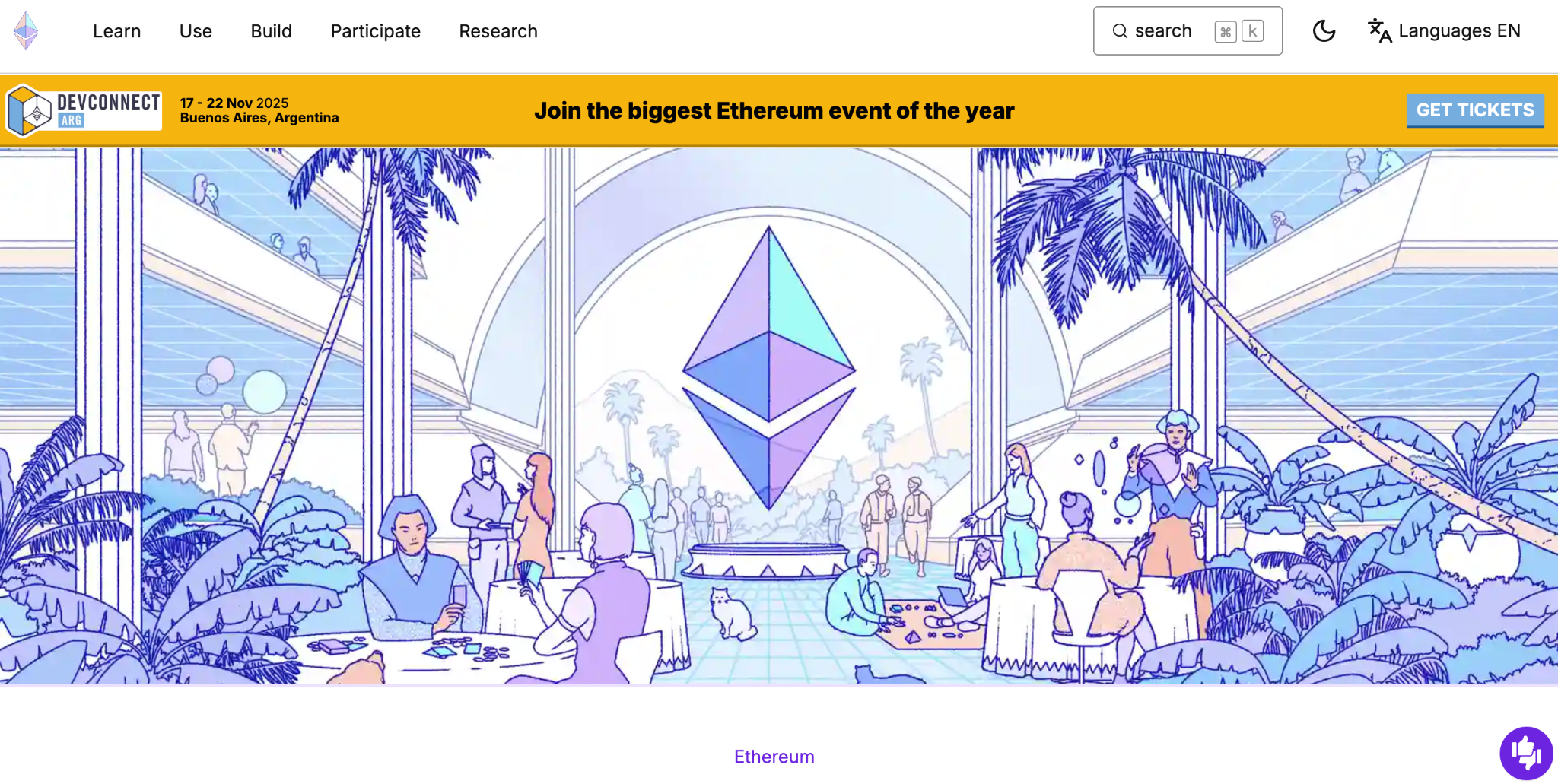
ETH and WETH are equally valuable in terms of market price, and both rely on the security of Ethereum’s base layer—most of the time. However, there are a few nuances to keep in mind, particularly around smart contract vulnerabilities and the bridging process.
Smart contract vulnerabilities
When you wrap ETH, you are trusting a smart contract to lock your ETH and issue WETH. The contracts used by major DeFi platforms for wrapping are generally considered safe, as they undergo frequent audits by third-party security firms. Still, you should always be cautious: if the contract had a flaw, you might risk losing your locked ETH or newly minted WETH. Reputable DEXs and bridging services typically post audit reports, so it pays to do some research before proceeding.
Bridge-related risks
Cross-chain bridges, whether you are moving WETH to Polygon, Arbitrum, or another chain, bring additional risk. Exploits targeting bridges have led to hacked funds in the past. When bridging, pay attention to the platform’s track record and security measures, such as multi-signature setups or insurance funds. If you use a relatively new or untested cross-chain bridge, keep only a portion of your funds there until you trust the technology.
Price volatility
Both WETH and ETH track the same price because 1 WETH is redeemable for 1 ETH. The difference, if any, is usually negligible. However, sudden market shifts can lead to minor price discrepancies. In most cases, arbitrage traders correct these quickly, restoring parity between the two tokens. The main factor that influences both is the broader Ethereum market, so you should be prepared for price volatility regardless of which version you hold.
Decide which is best
Ultimately, your choice between ETH and WETH hinges on what you plan to do across the Ethereum ecosystem. If you simply want to keep a balance of Ether to pay gas fees or send it to a friend, you can stick to ETH and never worry about wrapping. If you plan on diving into DeFi, minting NFTs, or bridging to other networks, you will inevitably need WETH at some point.
Key scenarios
- Holding and gas payments: ETH is best, especially if you want a no-fuss approach.
- DeFi interactions: WETH is often required for yield-farming, liquidity provision, or complex trading pairs.
- NFT auctions: WETH is your go-to token for placing bids and engaging with marketplaces that require ERC-20 tokens.
- Cross-chain activity: WETH’s standardization makes bridging simpler and widely supported.
Balancing both in one wallet
Many Ethereum users keep a small stash of ETH for gas fees and unexpected transactions, then hold WETH for DeFi or NFT usage. That approach helps avoid repeated wrapping steps every time you see an opportunity in a lending or DEX platform. Switching some of your ETH to WETH up front has the potential to save you time and gas in the long run.
Review common questions
1. Can I convert WETH back to ETH easily?
Yes. Wrapping and unwrapping work both ways. You simply use the same or a compatible smart contract, sending your WETH in and receiving ETH out. Most DeFi platforms or popular DEXs like Uniswap allow for quick conversion. Watch for gas fees, though, as every wrap or unwrap counts as an on-chain transaction.
2. Will WETH ever replace ETH?
Probably not. ETH is the native token of the Ethereum network and remains fundamental to paying gas fees. WETH is more of a specialized tool, essential for ERC-20-based DeFi and NFT ecosystems. It is unlikely that Ethereum developers will retire the use of ETH itself. Instead, you will keep seeing both tokens, each fulfilling its own role.
3. Do I need both in my wallet?
Most likely, yes. Even if you mainly engage with DeFi or NFTs using WETH, you still need ETH to cover transaction fees. Holding both means you can quickly move value where you need it. If you are purely a buy-and-hold investor who seldom transacts, a small ETH balance for occasional fees may be enough.
4. Are there unique risks with WETH?
The main additional risk is smart contract exposure. WETH is minted and burned by contracts that lock up your ETH. If a contract is exploited or has bugs, your WETH could be at risk. Typically, major projects have robust audits, and the risk is relatively low, but it is never zero.
5. Where can I trade WETH directly?
You can trade WETH on most major centralized and decentralized exchanges. Several platforms also offer P2P markets or aggregator interfaces to find the best price pairings. If you want to do cross-chain swaps, bridging platforms like xgram make that process more convenient. Remember to check network congestion and fees before you jump in. Always make sure you use reputable exchanges and verified token contracts to avoid scams.
In short, “weth vs eth” all comes down to utility and context. If you see yourself primarily as an investor who holds crypto long-term, ETH may be enough. But if you are seeking to participate in DeFi, NFTs, or bridging strategies across multiple chains, WETH becomes critical. By knowing when and how to leverage each token, you stay agile in a rapidly evolving market—without wasting precious gas on repetitive conversions. And that means you are positioned to take advantage of the growing world of decentralized finance, NFT innovations, and beyond.
